Why a conservation charity is delighted to have James Mulleneux’s pheasant shoot in its wood
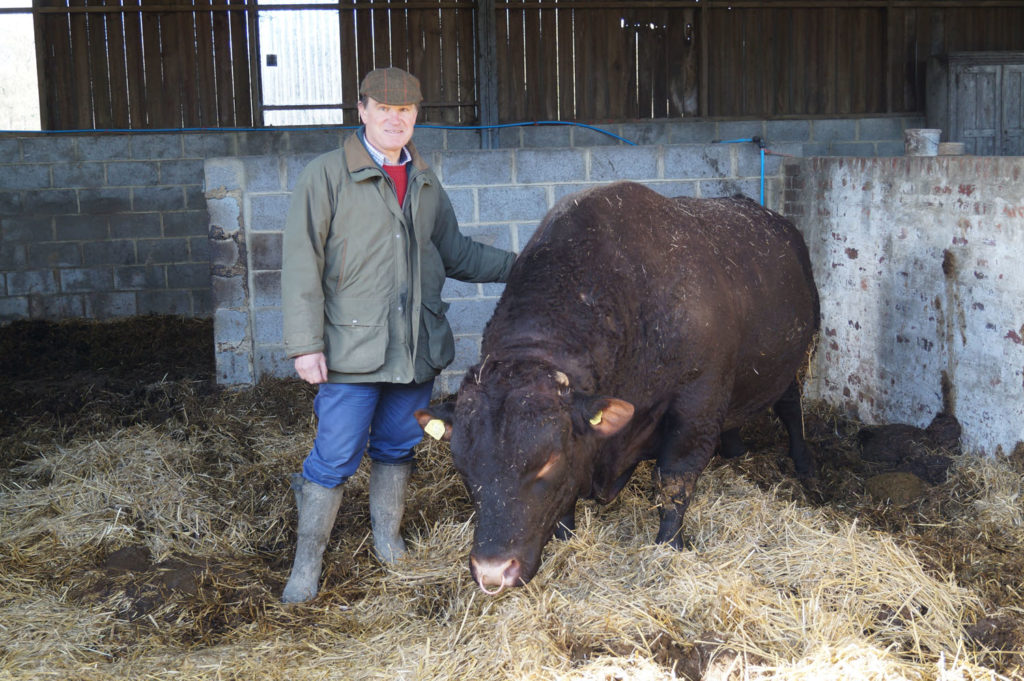
James and Jane Mulleneux run 340-acre Holbeam Wood Farm, in East Sussex, in the beautiful rolling hills of the High Weald AONB. The farm was once part of the neighbouring Whiligh Estate, which famously supplied the ancient oak for Westminster Hall, and came into the family in 1958 when it was bought by James’ grandfather.
Farm facts
- Location: East Sussex
- Type of farming: Beef
- Acreage: 340
- Funding grants: HLS, Forestry Commission
It divides into 250 acres of permanent pasture, 50 acres of arable and 40 acres of woodland and the shooting rights on a further 60 acres of Ancient Semi-Natural Woodland (ASNW). The pasture provides fodder for an award-winning herd of 50 native breed Sussex beef cattle, with the remaining grassland used by sheep graziers. Winter wheat and spring barley provide some feed and bedding straw for the livestock.
Income from the cattle, the CAP Basic Payment Scheme and an HLS agreement mean the farm breaks even but the Mulleneuxs do not draw a salary and rely instead on income from farm cottages, a holiday let in the old dairy and general storage. In addition, James works for the CLA.
He explained: “Our soil is poor. We have a bit of Tunbridge Wells sand, but mostly heavy Wadhurst clay, which only produces 2.5 tonnes an acre. Farms in the area were traditionally mixed, primarily dairy with fruit trees and hop gardens, but like many others we stopped milking in the 1970s and switched to beef, sheep and arable.”
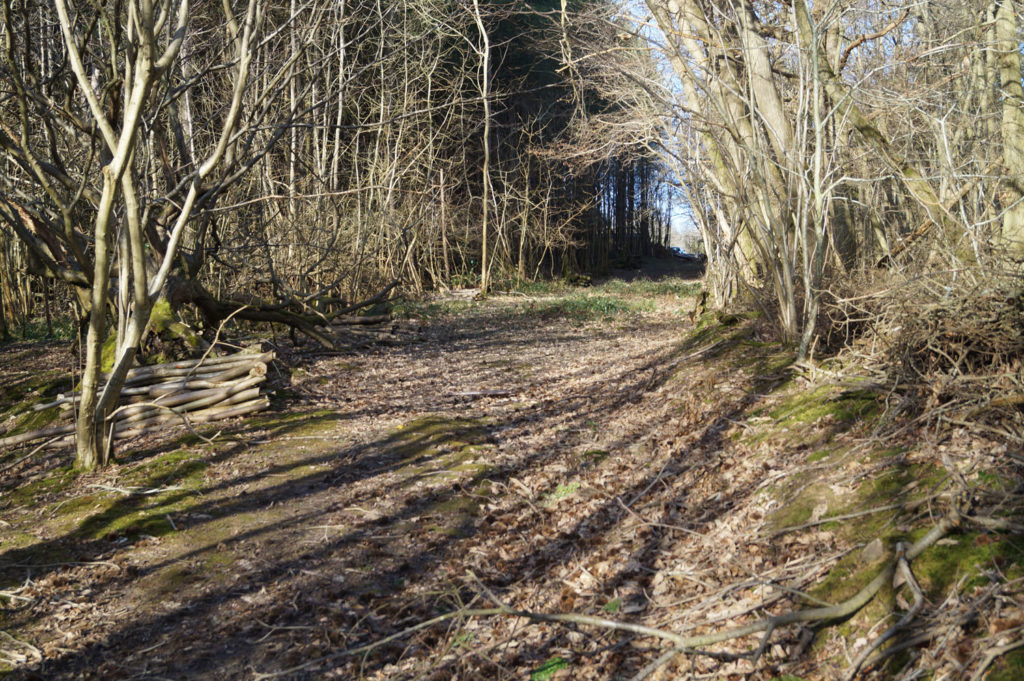
James was brought up with an appreciation for nature and is determined to return some of the wildlife that existed on the farm when he was younger. He said: “I love the land and seeing birds and butterflies in summer, it all goes together. In the old days we used to let grassland grow to a seedhead, so you had different levels of sward. There were nettles and piles of vegetation left lying about. We employed Old Pom and all he did was fencing, and cutting and laying the hedges by hand. Back then we had six people working on the farm, now I couldn’t afford to employ anybody full time. The way we manage the landscape has changed hugely. It is manicured with machinery and I have to make a conscious effort not to cut everything back.”
The farm entered a ten-year HLS agreement in 2009 with an emphasis on the restoration of species-rich grassland and native woodland. In the first three years James received capital works payments for arable reversion to grassland, pond renovation (Holbeam Wood has all three species of British newts), hedge planting, and fencing. For the remainder of the agreement he receives an annual maintenance grant of about £20k. This requires him to grow low input spring cereals with over-wintered stubbles to provide food for birds. His grassland has low levels of fertiliser, herbicides and insecticides. Cutting, harrowing and rolling are restricted to protect nesting birds.
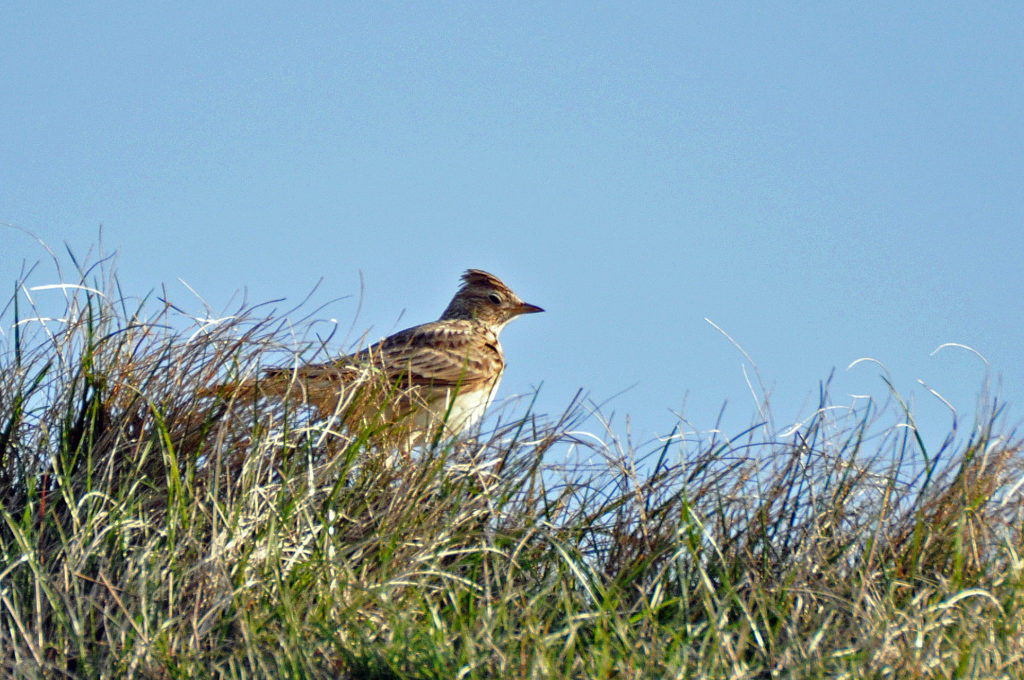
The UK has lost 97 percent of its traditional hay meadow, but at Holbeam Wood the swards are maintained at a range of heights and different grass species and wildflowers have been sown including a mix of common bent, cock’s foot, Timothy, crested dog’s tail, smooth meadow grass, meadow fescue, red fescue, black knapweed, oxeye daisy, common bird’s foot trefoil, common sorrel and red clover.
James said: “Some of the leys we planted look fantastic. If we leave fields to cut hay it’s the most beautiful sight full of insects and butterflies. Birds like linnets and skylarks have come back because grassland is allowed to go to seed. Also, much of the money we get goes into the local economy by buying farm equipment and paying people to do the cultivations, hay making fencing and hedging.”
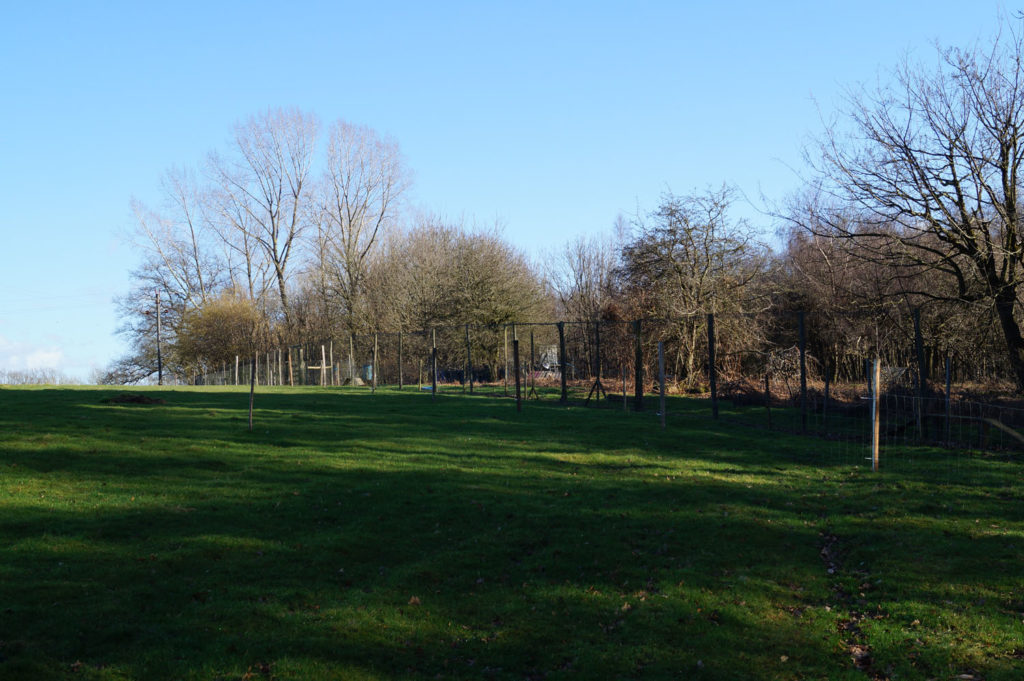
The shoot is central to the farm and brings essential conservation ingredients to the mix. It releases 2,800 pheasants in four pens, and shoots 11 days per year including one let day to cover costs and a beaters’ day. The average bag is 96. They top up the feeders and scatter feed throughout the winter and into the hungry gap, which benefits farmland birds. Several gamecrops are located across the farm. These hold the pheasants but are also hugely beneficial to songbirds and pollinators, providing habitat and food. For example, a bees and birds mix includes phacelia, mustard, brown mustard, fodder radish, gold of pleasure, sunflower, kale, rape and buckwheat.
James is GWCT Sussex chairman and insists on all syndicate guns being members of the GWCT. When the farm and syndicate bought the sporting rights on 60 acres of ancient woodland owned by a local charity called Bellhurst Nature Conservation Trust, he asked GWCT advisor Mike Swan for advice on how to minimise impact and increase biodiversity. The Bellhurst trustees were aware that if too densely stocked, woodland in a release pen can be damaged by the birds, but they were shown how this could be avoided by fencing off a large enough area in one of the least sensitive pieces of habitat.
James said: “Mike suggested where the pen should be and we worked out the size according to the Code of Good Shooting Practice (700 birds per hectare for ancient woodland). It’s important for the guns and the Bellhurst Trustees to know we have done it on the back of GWCT advice and we can show best practice.”
In exchange for firewood, the shoot engages a woodsman to help coppice a new section every year. Letting the light back in has meant the understorey of smaller plants, flowers and brambles has returned providing habitat for woodland birds and butterflies. The other key part of woodland management is deer and predator control. The shoot cannot afford to employ a full-time gamekeeper, but a part-time gamekeeper Doug and a team of stalkers Steve, Graham, Dave and Mike share the work between them and keep a meticulous tally. Last season, the team accounted for 54 squirrels and 14 deer, both of which do huge damage to the trees and understorey if not managed properly.
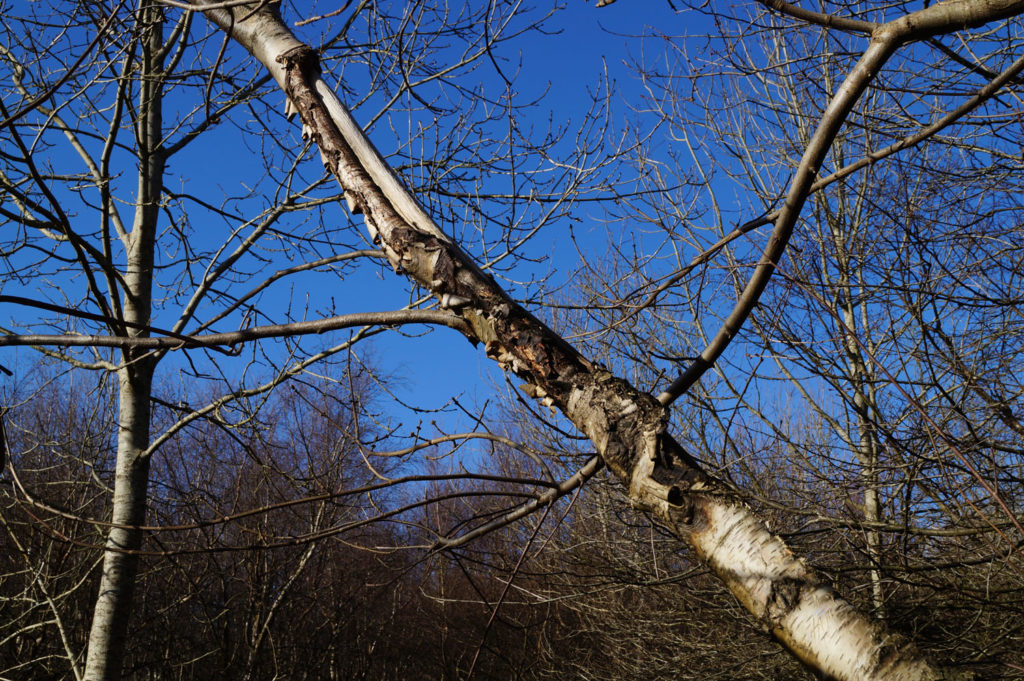
There are large numbers of foxes and corvids in the area, which kill songbirds and eat their eggs. On their small farm the team despatched 44 foxes and 805 crows, jackdaws and magpies last year. James explained: “Though we control them, you still appreciate predator species. The sight of a healthy fox on the farm is a joy to behold, but since we started the shoot combined with habitat and food supply through the HLS scheme, there has been a noticeable increase in the number of songbirds including skylarks, linnets, yellowhammers and finches. I want to go further this year and start putting different songbird mixes in the feeders and on the ground in the spring.”
The Bellhurst Trust has been impressed with the work, which they would otherwise have to fund themselves. One of its trustees Jason Lavender, is also co-director of the High Weald Area of Outstanding Natural Beauty (AONB). He is a big supporter and has organised several visits to the shoot to demonstrate the value of game management for woodland within the AONB.
James recognises the importance of opening the farm to the outside world, though he worries about people bringing increasingly urban attitudes to the countryside, for example, walkers not controlling their dogs in the farmland bird breeding season.
He explained: “Farmers must win over society and justify the money we receive from the tax payer. We need to remind people what goes into producing food. I’m proud of what we do and want to share it. It’s incredibly important for children to understand how farming works, for example, that milk actually comes from a cow not a bottle. We used to have school trips and we still do a lot of open days for Girl Guides, Natural England and FWAG, Duke of Edinburgh Award participants camp on the farm each year.”
Finally, James’ advice for successful conservation is: “Your heart must be in it and the more knowledge you can get the better, that’s why the GWCT is essential because you can’t argue with the science. In the end, we have this special landscape in Britain and we must look after it. The most cost- effective solution is for farmers to do it, and we have a duty to show how we can be on the side of the angels.”
This case study is taken from our e-book Working Conservationists, available to download here for just £1.99.
